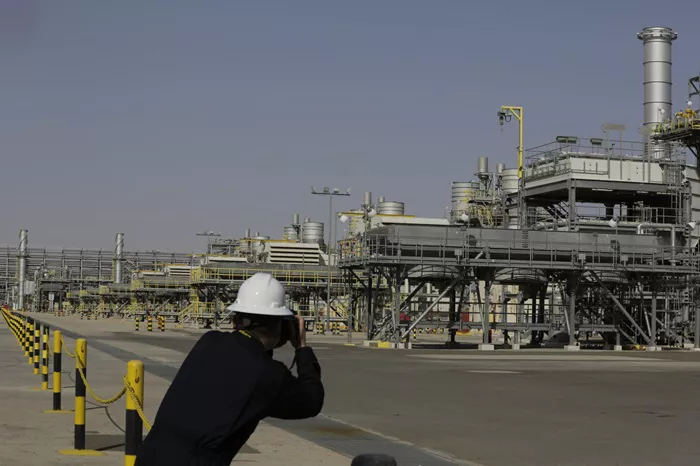Saudi Arabia, historically the lowest-cost oil producer globally, is now grappling with increasing breakeven oil prices due to its ambitious Vision 2030 economic diversification plan. The International Monetary Fund (IMF) recently warned that Saudi Arabia requires an oil price of $96.20 per barrel to balance its budget, up from previous levels. This increase is attributed to higher spending on Vision 2030 projects and reduced oil production aimed at stabilizing prices.
The kingdom’s Public Investment Fund (PIF) has become the largest spender among sovereign wealth funds, investing $124 billion in projects both domestically, such as the Neom smart city and Riyadh Air, and internationally in electric vehicles and energy efficiency. Despite this, PIF’s assets declined from over $105 billion in 2022 to $37 billion by September 2023 but have since rebounded to $65 billion as of July 2024. While PIF has returned to profitability, the high breakeven price remains a concern.
Middle East Institute scholar Li-Chen Sim highlights that Saudi Arabia’s substantial budgetary needs for Vision 2030 and major events may push the breakeven price to around $100 per barrel. The increase in non-OPEC oil production, coupled with potential weaker demand from China, complicates the outlook for oil prices. However, despite these challenges, Saudi Arabia’s position as the lowest-cost producer allows it to manage prolonged low oil prices better than other major producers.
Analyst Tim Callen notes that breakeven prices might not fully reflect economic health since Saudi Arabia’s oil production and expenditure can fluctuate significantly. The kingdom’s ability to adjust production and secure funding through international debt markets helps it manage financial pressures despite its high breakeven price.
Related topic:
How Is Biodiesel Made? [Revealed]

